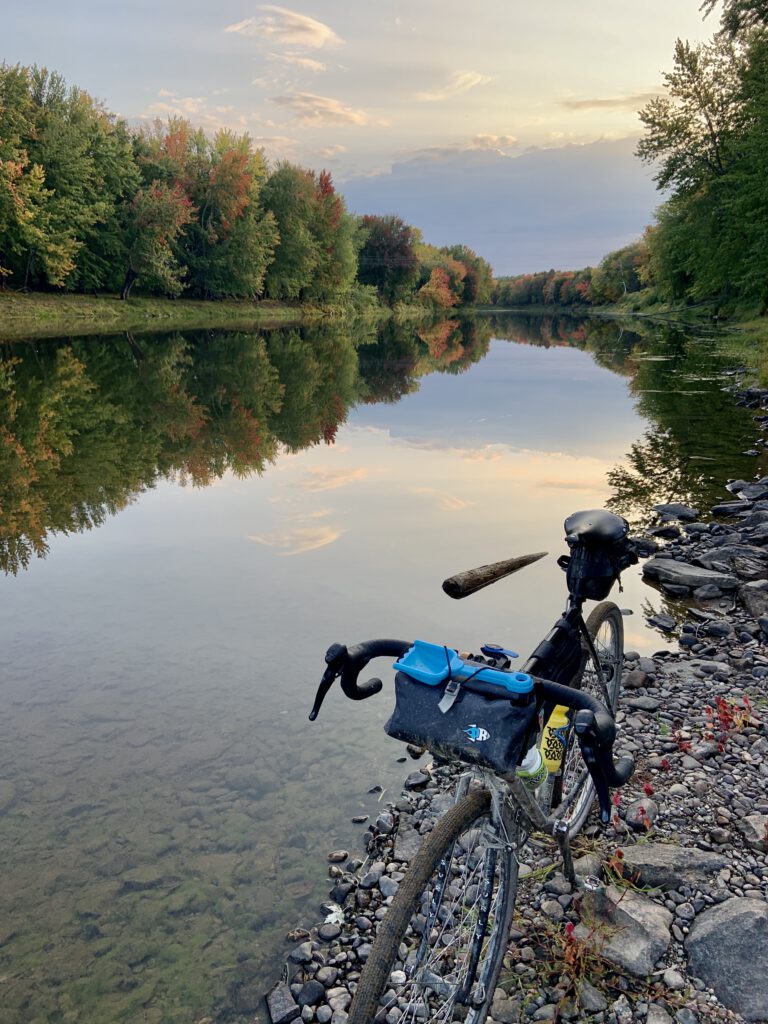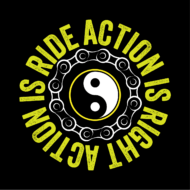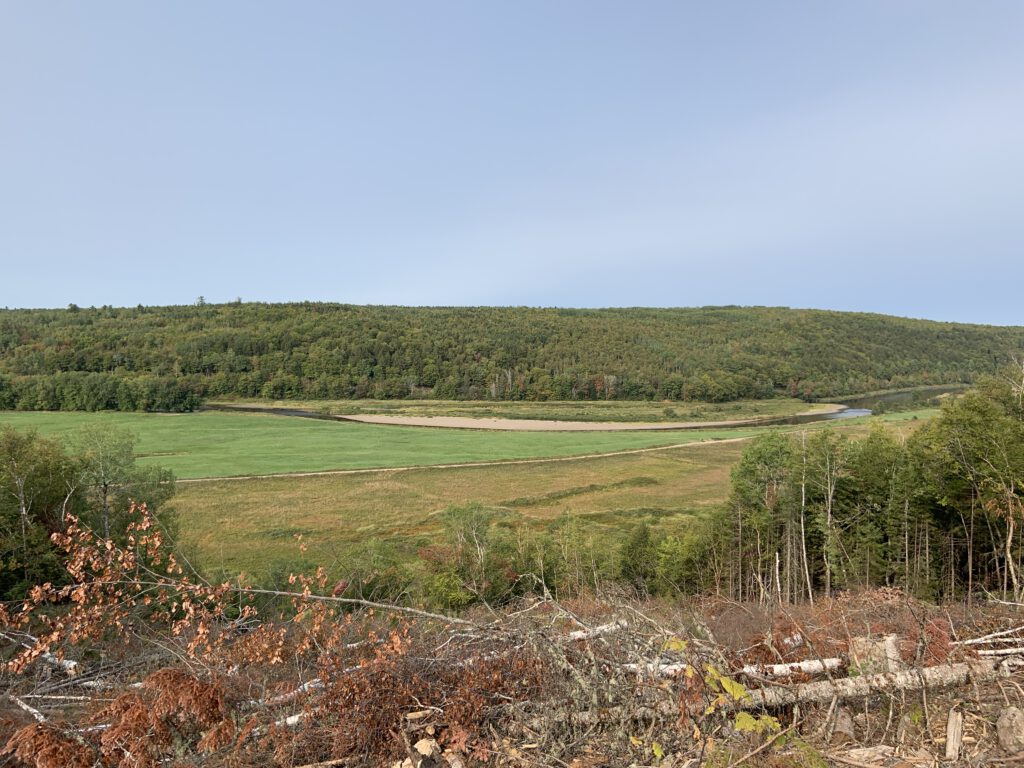When I was a younger, dumber person – more inclined to evenings of considerable debauchery – my friends and I would consider any mountain bike ride that started before 1oam as ‘Dawn Patrol’.
Then at some point you have to start getting up at like 6 for work. And to get kids to school. Or to hurriedly rush a vomiting dog out the back door.
Then maybe you decide that in order to get a jump on things and/or keep your sanity as well as a moderate amount of joint flexibility into your twilight years you should get up early to meditate and do yoga, so you decide 4:30am is a good number because Jocko Willink says so.
At some point on weekends you’re already awake and there’s no work and the kids are still asleep so you decide to skip the meditation and yoga, because it makes you feel somewhat rebellious – in as much as a middle-aged dad who’s a slave to the Man can rebel – kind of way, and ride bikes. Invariably as the seasons change you end up riding in the dark, pre-dawn. The true Dawn Patrol.
You end up seeing a lot of things you’ve never seen before and come away changed. As a bonus you get back just in time for breakfast – sometimes you’re even back before anyone else gets up.
Heading out before dawn in the dark also means you get to ask yourself interesting questions like “how is it possible I’m this fucking cold and still enjoying this,” “is it possible for quiet to get even quieter,” or the more thought-provoking “where do I want to watch the sun come up today?”
Sometimes it’s a walking bridge. Sometimes it’s a field on a river flat. Sometimes it’s a town square. Sometimes it’s an empty intersection. The possibilities are endless, really.
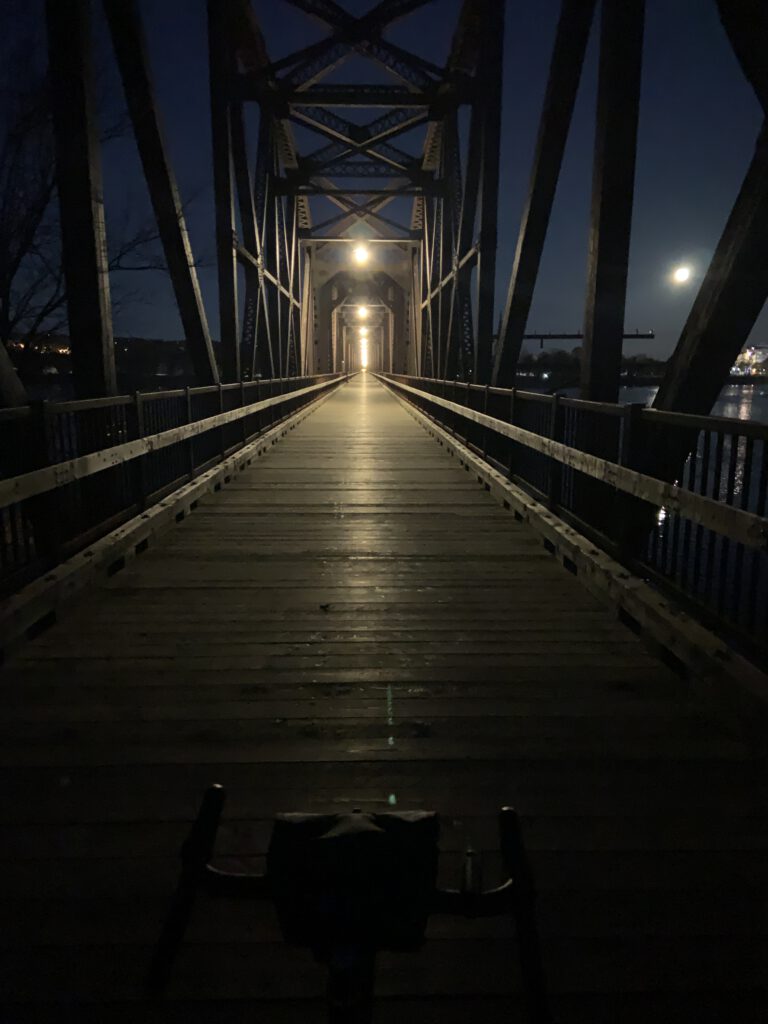
Our Man, the champion of achieving transcendence via the mundane, Karl Ove Knausgaard, has a chapter in his book Autumn called ‘Dawn’.
“It isn’t the light in itself that feels good, for once it’s here, say at around 2:30 in the afternoon, we take it for granted. What matters is the actual transition. Not the light from the immobile sun, which shoots across the horizon as the earth’s sphere turns towards it, but the faint glow cast by this light in the minutes before, visible as a pale streak in the darkness of night, so faint it almost doesn’t seem to be light at all, merely a kind of enfeebling of the darkness.”
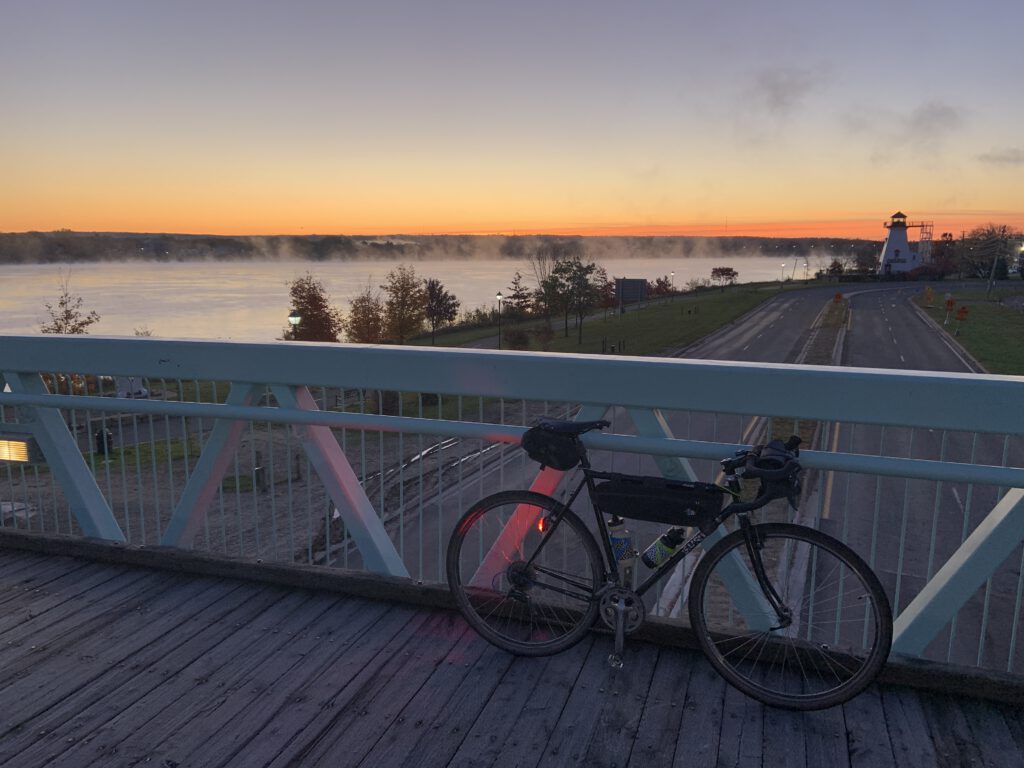
“Dawn is always the beginning of something, as its opposite, dusk is always the end of something, and when we consider that in practically every culture darkness represents death and evil, while light represents life and goodness, these two transitional zones between night and day become manifestations of the great existential drama we are caught up in, which is something I rarely think about as I stand in the garden gazing towards the growing light in the east, but which must still resonate in me somehow, since watching it feels so good. For darkness is the rule and light its exception, as death is the rule and life its exception. Light and life are anomalies, the dawn is their continual affirmation. “
Over a month now, I’ve been getting out before dawn at least once, if not twice on the weekends. At first it was about finding the best Hallmark Calendar spot to watch the sunrise from. A hill. Over a river. But there’s been other spots too. Sunrise over a strip mall is still the same sunrise as the one you watched 3 km away from the riverbank – well, that’s not really true – no two are the same. It’s the same sun rising, over the same planet – but even then, very little is the same – but you have to see both of them to figure that out. Or perhaps to figure out that you’ve really got nothing at all figured out.
The more I’m out pre-dawn, the less I tend to think of the darkness as ‘evil’ or ‘death’ and the more I think of it as merely the opposite of light. This is no news to anyone who’s familiar with eastern notions of non-duality – the idea of “not two” or “one undivided without a second.” Obviously there’s a mathematical/astronomical formula that tells me exactly when the sun rises and ‘day begins’. Actually, it’s the app on my phone that tells me personally, but is that really when it happens? Really, it’s just one continuous moment endlessly spooling out. There is no distinction between the two.
One of the main revelations I’ve had with these rides is how much there is to see before dawn. It’s exciting to rediscover what the human eye can see – even in almost pitch black – if you let your eyes adjust. On a clear night, even if there’s only a sliver of moon, it’s astounding the amount of light it casts and on the night of a full moon, you can conduct yourself quite easily without any artificial light at all – even more so if there’s snow on the ground to reflect it. It occurs to me that my ancestors knew all these things innately and somewhere they got lost for me to find again.
Every now and then, I’ll sleep in on a weekend. I invariably end up regretting it. There’s so much to see – even in the dark – I feel bad wasting it – and days take on a whole new perspective when you’re able to literally watch them begin.
